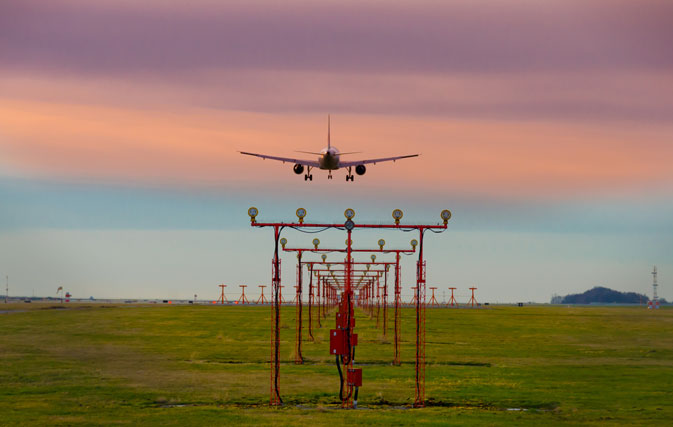MONTREAL — Canada’s airline profitability, which reached a 20-year high last year, is expected to soften due to higher fuel and labour costs, according to a Conference Board of Canada report.
Airline pre-tax profits are forecast to drop 27% to $1.32 billion as increasing costs outpace higher revenues that are forecast to approach $32 billion.
Canadian airlines posted their highest revenues and profits last year since the board began collecting data in 1997.
“Some of the main tailwinds Canada’s air transportation industry has benefited from in the past two years, primarily low fuel costs and a weaker loonie that is bolstering U.S. and foreign demand, will slowly reverse themselves over the next five years,” stated Conference Board economist Sabrina Bond.
Still, she said that shouldn’t put the industry’s expansion and profitability at risk as air travel demand continues to grow because of strengthening employment in Canada and the United States.
The Conference Board said fuel, which accounts for about a third of airline costs, will rise while employee costs will grow as new or expanded routes will require the hiring of 6,000 more people over the next five years.
By 2022, the industry is expected to generate about $1.37 billion of pre-tax earnings on nearly $38 billion of revenues.
The Conference Board said a continued expansion of domestic and international capacity has been a key driver of the improved revenues for the industry’s largest airlines.
Strong demand and growing connecting traffic through its three hubs in Canada are expected to result in another good year in 2018, Air Canada CEO Calin Rovinescu said during a February conference call.
Canadian airports served 139.4 million passengers last year, up 5.4% from 2016 and 37% higher than a decade ago. The loonie’s softness helped boost international air travel in 2017 when a record 5.7 million U.S. residents flew to Canada last year.
Most of the gains in U.S. travellers were serviced by Canadian airlines, which now supply seats for two-thirds of U.S. visitors.
The number of non-U.S. international travellers increased to a record 6.7 million last year. While Europeans remained the largest group, more visitors from Asia, particularly China and India, have narrowed the gap. Canadian airlines added 5.9% more seats to international destinations in 2017, which represents a 60% growth over the last five years.
A strong Canadian economy contributed to a 4.2% increase in domestic travel by Canadians as nearly 77 million passengers flew within the country.
The Conference Board expects the Canadian airline industry’s growth will continue, but at a slower pace as a forecasted modest appreciation in the Canadian dollar will remove some of the incentive for foreign travellers.
Global airline net profits are expected to reach a record US$38.4 billion this year, defying the traditional cyclical downturn that comes about every eight years, says Julie Perovic, the senior economist for the International Air Transportation Association.
Robust operating margins in North America have contributed about half of the industry’s profitability over the last couple of years.
The last downturn was in 2009, around the time of the global financial crisis, but she said there probably isn’t a need for concern at the moment.
“We’ve seen quite strong global economic growth or GDP over the past couple of years and we feel that that is going to continue into 2018 and it’s going to help us sustain further growth in air travel markets,” she told an IATA conference this week in Montreal.
Global demand is expected to slip to around six percent from 7.5% in 2017.
Still, she said rising costs are a key concern. Jet fuel is expected to increase a little more than crude to about US$74 per barrel from US$65 last year. Non-fuel costs, including labour, are forecast to more than double from two percent in 2017.
